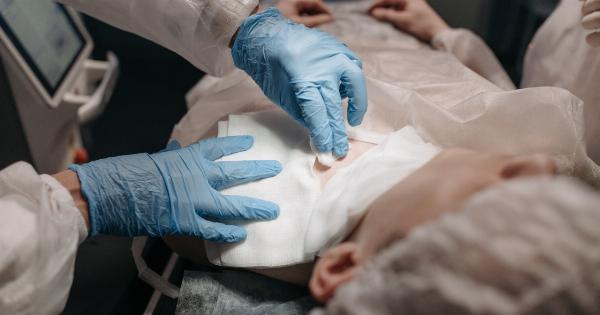Physiotherapy is a branch of healthcare that focuses on restoring function to the body through the use of hands-on techniques, exercises, and other modalities.
For cancer survivors, physiotherapy can play an important role in recovery and rehabilitation. Not only can it help to alleviate pain and maintain physical function, but it can also improve mental health and quality of life.
Understanding Cancer Rehabilitation
Cancer rehabilitation is a process that aims to help patients recover from the physical and emotional effects of cancer and its treatment. It can include a range of interventions, such as physiotherapy, occupational therapy, and psychological support.
Rehabilitation can help patients cope with the challenges of cancer and its aftermath, and improve their ability to perform daily activities.
For cancer survivors, physiotherapy is often an important part of rehabilitation. It can help to reduce the physical side effects of cancer treatment, such as pain, stiffness, and weakness.
Physiotherapy can also aid in restoring range of motion, balance, and flexibility.
The Role of Physiotherapy in Cancer Recovery
Physiotherapy for cancer survivors can involve several modalities. Depending on the patient’s needs and goals, physiotherapy may include:.
Exercise Therapy
Exercise therapy is a key aspect of physiotherapy for cancer survivors. Depending on the patient’s condition and treatment history, exercise may include strength training, endurance training, or a combination of both.
Exercise can help to improve muscle strength and flexibility, reduce fatigue, and improve overall physical function. It can also improve lymphatic flow, which can help to reduce swelling and other lymphedema-related issues.
Manual Therapy
Manual therapy involves hands-on techniques that can help to improve joint mobility, reduce pain, and promote healing. Techniques used in manual therapy may include massage, soft tissue mobilization, and joint mobilization.
Manual therapy can be helpful in reducing muscular tension, reducing pain and inflammation, and improving overall flexibility.
Balance and Coordination Training
Balance and coordination training can help to improve stability and reduce the risk of falls. This can be particularly important for cancer survivors who may experience balance problems as a result of chemotherapy or other cancer treatments.
Balance and coordination training may include exercises such as standing on one leg or walking on uneven surfaces, as well as other activities that challenge the patient’s balance.
Lymphedema Management
Lymphedema is a common side effect of cancer treatment, particularly breast cancer surgery. It is a swelling of the arm or leg that can occur when lymph nodes are removed or damaged.
A physiotherapist can help to manage lymphedema through a combination of manual therapy, exercise, and compression garments. This can help to reduce swelling, improve lymphatic flow, and prevent complications such as infection.
Benefits of Physiotherapy for Cancer Survivors
There are many benefits of physiotherapy for cancer survivors. Some of the primary benefits include:.
Pain Reduction
One of the most common side effects of cancer treatment is pain. Physiotherapy can help to reduce pain through a combination of exercise, manual therapy, and other techniques.
By reducing pain, patients can enjoy a better quality of life and engage in activities that they may have been avoiding due to discomfort.
Improved Range of Motion
Cancer treatment can result in stiffness and reduced range of motion. Physiotherapy can help to restore range of motion through exercise and manual therapy.
This can be especially important for patients who have undergone surgery or radiation, as these treatments can cause scar tissue build-up and other issues that can limit movement.
Enhanced Quality of Life
Physiotherapy can help cancer survivors to regain their ability to perform daily activities, such as getting dressed or cooking a meal.
This can have a profound impact on a patient’s quality of life, as it allows them to regain a sense of independence and autonomy. Physiotherapy can also improve mental health and emotional well-being, by reducing anxiety and depression and increasing feelings of confidence and self-esteem.
Conclusion
For cancer survivors, physiotherapy can be a highly effective approach to recovery and rehabilitation. It can help to reduce pain, improve range of motion, and enhance quality of life.
By working with a physiotherapist, cancer survivors can develop a personalized plan that addresses their individual needs and goals. Whether dealing with lymphedema, balance problems, or other issues, physiotherapy can be an invaluable tool in the journey towards recovery.


























